Home>diy>Building & Construction>How To Buy An Apartment Building With No Money Down
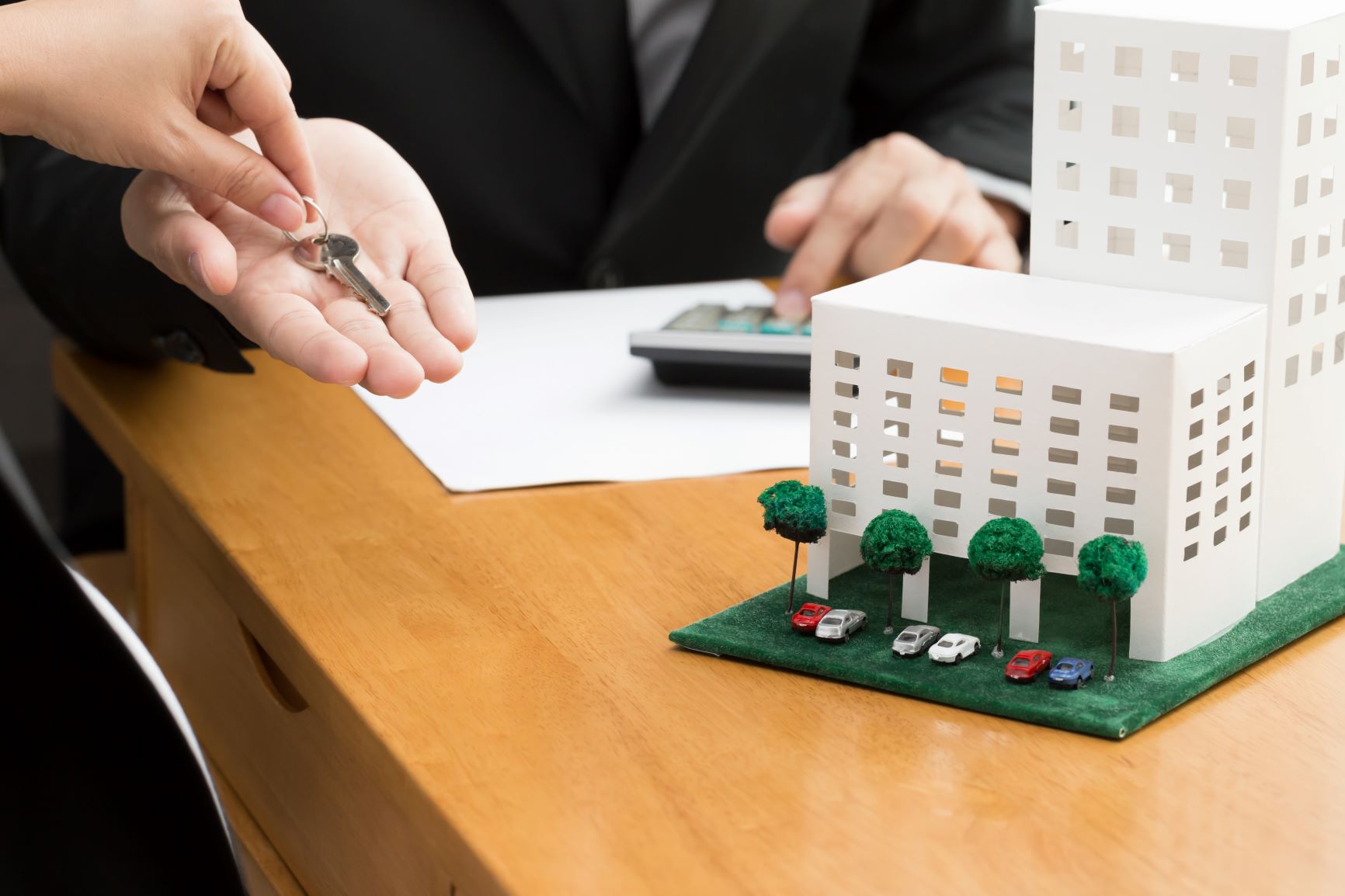

Building & Construction
How To Buy An Apartment Building With No Money Down
Modified: December 7, 2023
Learn how to purchase an apartment building without any upfront costs with our step-by-step guide. Get started on your building construction journey today.
(Many of the links in this article redirect to a specific reviewed product. Your purchase of these products through affiliate links helps to generate commission for Storables.com, at no extra cost. Learn more)
Introduction
Welcome to the world of real estate investment, where dreams of financial freedom and wealth creation become a reality. One lucrative avenue in this field is buying apartment buildings, which offer a multitude of advantages, such as long-term cash flow, property appreciation, and the opportunity to build equity.
However, many aspiring investors are deterred from entering this market due to the misconception that a substantial amount of capital is required to make such investments. Fortunately, it is possible to buy an apartment building with no money down, thanks to various strategies and creative financing options.
In this article, we will explore the concept of buying an apartment building with no money down and provide you with actionable insights on how to achieve this feat. Whether you are a seasoned investor or a newcomer to the world of real estate, the information shared here will guide you through the process and empower you to make solid investment decisions.
Key Takeaways:
- Buying an apartment building with no money down is achievable through creative financing options, partnerships, and thorough due diligence. It requires strategic planning, negotiation skills, and a proactive approach to property management.
- Successful real estate investment involves continuous learning, networking, and adapting to market trends. Surrounding yourself with a team of trusted professionals and staying proactive in managing your property are essential for long-term success.
Read more: How Much To Buy An Apartment Building
Understanding the Concept of Buying an Apartment Building with No Money Down
First and foremost, let’s clarify what it means to buy an apartment building with no money down. Contrary to popular belief, this doesn’t imply that you can acquire a property without investing any capital whatsoever. Rather, it involves utilizing creative financing strategies and leveraging other people’s resources to minimize or eliminate your upfront financial commitment.
The key to achieving this lies in understanding and implementing various techniques, such as seller financing, private money lenders, partnerships, joint ventures, and government-backed loan programs. By combining these methods, you can structure deals that require little to no personal cash investment.
Researching and Identifying Potential Apartment Buildings
Once you grasp the concept of buying an apartment building with no money down, the next step is to begin your research. Start by identifying potential properties that align with your investment goals and criteria. Conduct market analysis to determine areas with high demand and growth potential.
Become familiar with the local real estate market and keep an eye out for properties that meet your investment criteria, such as the number of units, location, rental income potential, and overall condition. Use online listing platforms, work with real estate agents, network with other investors, and attend local investment club meetings to gather information.
Building Relationships with Sellers and Negotiating Deals
One of the critical factors in buying an apartment building with no money down is building relationships with the sellers. When negotiating deals, it is essential to establish a rapport and understand their motivations. Sellers may be motivated to sell quickly due to personal circumstances, financial constraints, or the desire to retire.
By understanding the seller’s situation, you can structure creative financing arrangements that benefit both parties. Consider options such as seller financing, where the seller acts as the bank and provides financing for the purchase.
Creative Financing Options for Buying an Apartment Building with No Money Down
Creative financing options play a crucial role in acquiring an apartment building with no money down. Explore options such as lease options, where you have the right to occupy the property while paying a pre-determined monthly amount that contributes towards the purchase price, or assumable mortgages, where you take over the seller’s existing loan.
Private money lenders can also provide a viable option for financing. These individuals or companies lend money at favorable terms, including lower interest rates and flexible repayment schedules, allowing you to avoid traditional lending institutions and their stringent requirements.
Key Takeaways:
- Buying an apartment building with no money down is achievable through creative financing options, partnerships, and thorough due diligence. It requires strategic planning, negotiation skills, and a proactive approach to property management.
- Successful real estate investment involves continuous learning, networking, and adapting to market trends. Surrounding yourself with a team of trusted professionals and staying proactive in managing your property are essential for long-term success.
Read more: How Much To Buy An Apartment Building
Understanding the Concept of Buying an Apartment Building with No Money Down
First and foremost, let’s clarify what it means to buy an apartment building with no money down. Contrary to popular belief, this doesn’t imply that you can acquire a property without investing any capital whatsoever. Rather, it involves utilizing creative financing strategies and leveraging other people’s resources to minimize or eliminate your upfront financial commitment.
The key to achieving this lies in understanding and implementing various techniques, such as seller financing, private money lenders, partnerships, joint ventures, and government-backed loan programs. By combining these methods, you can structure deals that require little to no personal cash investment.
Seller Financing: One of the most common approaches to buying an apartment building with no money down is through seller financing. In this scenario, the seller becomes the lender and provides a loan to the buyer. The terms of the loan, including interest rate and repayment schedule, are negotiated between the buyer and seller. This arrangement allows the buyer to acquire the property with minimal upfront cash while making regular payments to the seller.
Private Money Lenders: Another option for financing an apartment building purchase is through private money lenders. These individuals or companies specialize in lending money for real estate investments. Private lenders often offer more flexible terms and faster approval processes compared to traditional banks. By leveraging private money, you can secure the necessary funds without using your own capital.
Partnerships and Joint Ventures: Forming partnerships or entering into joint venture agreements with other investors is another effective way to buy an apartment building with no money down. By pooling resources, expertise, and capital, you can collectively purchase the property and share the profits and responsibilities. This approach not only eliminates the need for significant personal cash investment but also spreads the risk among multiple parties.
Government-Backed Loan Programs: Various government programs, such as the Federal Housing Administration (FHA) and the Department of Veterans Affairs (VA), offer loan programs specifically designed for multi-unit properties. These programs often require lower down payments and have more favorable terms compared to traditional commercial loans. By taking advantage of these programs, you can minimize your upfront investment and secure financing for your apartment building purchase.
It’s important to note that while these strategies allow you to reduce or eliminate your upfront cash investment, there are still costs associated with purchasing an apartment building. These costs may include closing costs, due diligence expenses, and any necessary repairs or renovations. It’s essential to carefully evaluate these costs and factor them into your financial calculations.
Moreover, it’s crucial to thoroughly analyze the potential return on investment (ROI) and cash flow of the property. The goal is not just to acquire an apartment building with no money down, but also to ensure it is a profitable investment in the long run. Conducting a comprehensive financial analysis, including rental income projections, expense estimates, and market trends, will help you make an informed decision and mitigate risks.
In summary, buying an apartment building with no money down involves leveraging creative financing options, such as seller financing, private money lenders, partnerships, joint ventures, and government-backed loan programs. It is essential to fully understand these strategies, conduct thorough research, and evaluate the financial viability of the property before proceeding. With the right approach and diligent analysis, you can successfully purchase an apartment building without a significant upfront cash investment.
Researching and Identifying Potential Apartment Buildings
Once you grasp the concept of buying an apartment building with no money down, the next step is to begin your research. Start by identifying potential properties that align with your investment goals and criteria. Conduct market analysis to determine areas with high demand and growth potential.
One of the first steps in researching potential apartment buildings is to define your investment criteria. Consider factors such as location, property size, number of units, budget, and target tenant demographic. Having a clear understanding of what you are looking for will help streamline your search and focus your efforts.
There are various resources available to aid in your research. Online listing platforms, such as LoopNet and Apartments.com, provide a wealth of information on available properties. You can search by location, property type, and other specific criteria. These platforms often include detailed descriptions, photos, and financial data for each listing.
In addition to online platforms, consider working with a real estate agent who specializes in commercial properties. An experienced agent can help you navigate the market, access off-market deals, and negotiate favorable terms. They have access to industry databases, networking connections, and market insights that can assist in identifying potential apartment buildings.
Networking with other real estate investors can also be highly beneficial. Attend local real estate investment club meetings, participate in online forums, and connect with professionals in the industry. Discussing investment strategies, sharing experiences, and seeking recommendations can help you uncover hidden gems and gain valuable insights into the market.
When researching potential apartment buildings, it’s important to consider the neighborhood and the surrounding area. Analyze factors such as demographics, employment opportunities, and local amenities. Look for areas with strong rental demand, low vacancy rates, and potential for future growth. A thorough understanding of the market and neighborhood dynamics will help you make informed decisions and maximize your investment returns.
Another crucial aspect of researching potential apartment buildings is conducting a financial analysis. Evaluate the income potential of the property by analyzing current and projected rental income. Consider factors such as rental rates, occupancy rates, and market trends. Investigate the expenses associated with owning and operating the building, including property taxes, insurance, maintenance costs, and utilities.
In addition to the financial analysis, it’s essential to assess the physical condition of the building. Conduct a thorough inspection to identify any structural issues, maintenance needs, or significant repairs. Engage professionals, such as contractors and inspectors, to evaluate the property’s condition and estimate the costs of necessary improvements.
Ultimately, the goal of your research is to identify potential apartment buildings that align with your investment goals and have the potential for profitability. Develop a shortlist of properties that meet your criteria and conduct further due diligence on each one. Analyze the financials, visit the properties in person, and engage professionals to assist in inspections and assessments.
By diligently researching and identifying potential apartment buildings, you can narrow down your options and focus on pursuing the most promising investment opportunities. Remember to be patient, persistent, and meticulous in your research to ensure a successful investment journey.
Building Relationships with Sellers and Negotiating Deals
One of the critical factors in buying an apartment building with no money down is building relationships with the sellers. When negotiating deals, it is essential to establish a rapport and understand their motivations. Sellers may be motivated to sell quickly due to personal circumstances, financial constraints, or the desire to retire.
Building a relationship with the seller starts with effective communication and active listening. Take the time to understand their goals, concerns, and desired outcome from the transaction. By showing genuine interest and empathy, you can build trust and rapport, setting the stage for successful negotiations.
Obtaining relevant information about the property is essential for negotiating deals effectively. Request financial statements, rent rolls, maintenance records, and other pertinent documents that will provide insights into the property’s current standing. Analyze this information to understand the performance and potential of the apartment building.
During the negotiation process, it’s crucial to remain flexible and open to creative solutions. Many sellers, especially those motivated to sell quickly, may be willing to explore alternative financing options or seller financing arrangements. Be prepared to present different scenarios and proposals that address both parties’ needs and interests.
One strategy to consider is a lease-option agreement, where you negotiate the right to lease the property with an option to buy it in the future. This option allows you to generate income from the property while building equity over time. Additionally, lease options provide an opportunity to demonstrate your ability to successfully manage the property, thus strengthening your negotiating position.
Another option is a subject-to agreement, where you take over the existing mortgage of the property while leaving it in the seller’s name. This arrangement allows you to take ownership without qualifying for a new loan and assuming the responsibility of the existing loan. It’s crucial to work with an experienced real estate attorney to ensure the legality and protection of both parties in this type of agreement.
If the seller is open to financing the deal, negotiate favorable terms such as low or no down payment, affordable interest rates, and extended repayment periods. This arrangement not only minimizes your upfront financial commitment but also allows you to generate income from the property to cover the loan payments.
Throughout the negotiation process, maintain a respectful and professional demeanor. Be prepared to walk away if the terms are not favorable or if the deal doesn’t align with your investment goals. Remember that building relationships with sellers is about creating win-win situations where both parties benefit.
As negotiations progress, it’s crucial to put any agreements or understandings in writing. Engage the services of a real estate attorney who specializes in commercial transactions to draft legally binding documents and ensure compliance with local regulations.
Ultimately, successfully negotiating deals for apartment buildings with no money down requires building relationships based on trust and understanding the seller’s motivations. By presenting creative financing options, demonstrating your expertise, and maintaining open communication, you increase the likelihood of striking mutually beneficial deals that align with your investment goals.
Read more: How Do You Buy An Apartment Building
Creative Financing Options for Buying an Apartment Building with No Money Down
Creative financing options play a crucial role in acquiring an apartment building with no money down. Explore options such as lease options, where you have the right to occupy the property while paying a pre-determined monthly amount that contributes towards the purchase price, or assumable mortgages, where you take over the seller’s existing loan.
Lease Options: A lease option is a creative financing strategy that allows you to lease a property with the option to buy it in the future. This arrangement provides several benefits for purchasing an apartment building with little to no money down. With a lease option, you typically negotiate a fixed purchase price upfront and pay an option fee, which gives you the right to purchase the property within a specified time frame. Additionally, a portion of your monthly lease payments can be credited towards the purchase price, effectively building equity while occupying the property.
Assumable Mortgages: Another option for creative financing is assuming the seller’s existing mortgage. In an assumable mortgage, you take over the seller’s loan and continue making the mortgage payments. This option allows you to avoid the need for a down payment and potentially secure a loan with better terms than if you were to pursue a new mortgage. However, it’s important to conduct thorough due diligence to ensure the loan terms, interest rate, and remaining balance are favorable and align with your investment goals.
Seller Financing: Seller financing is a valuable tool for buying an apartment building with no money down. In this scenario, the seller acts as the lender and provides financing for the purchase. Instead of obtaining a traditional bank loan, you negotiate the terms of the loan directly with the seller. This arrangement can involve a longer repayment period, lower interest rates, and more flexible terms compared to a conventional loan. Seller financing offers potential benefits for both parties, as the seller can generate income from the loan, and the buyer can avoid high upfront costs.
Private Money Lenders: Private money lenders can also provide a viable option for financing an apartment building purchase with no money down. These individuals or companies specialize in lending money for real estate investments. Private lenders typically offer more flexibility and faster approval processes compared to traditional banks. By leveraging private money, you can secure the necessary funds for the purchase without using your own capital. However, it’s crucial to conduct due diligence on potential private lenders and carefully review the terms and interest rates they offer.
Partnerships and Joint Ventures: Consider forming partnerships or entering into joint venture agreements with other investors to acquire an apartment building with no money down. By pooling resources and expertise, you can collectively purchase the property and share the financial responsibilities and risks. Partnerships and joint ventures allow each party to contribute their skills and capital, reducing the need for significant personal cash investment. However, it’s important to have a clearly defined partnership agreement that outlines the roles, responsibilities, and profit-sharing arrangements to avoid any potential conflicts in the future.
When exploring creative financing options, it’s crucial to conduct thorough research, seek professional advice, and carefully evaluate the terms and risks involved. Working with experienced real estate professionals, such as attorneys and accountants, can help ensure the legality and feasibility of the chosen financing option.
With careful consideration and the use of creative financing options, you can successfully acquire an apartment building with no money down. Remember to approach each opportunity with a strategic mindset, conduct appropriate due diligence, and negotiate terms that work in your favor.
Consider partnering with an experienced real estate investor who can provide the down payment in exchange for a share of the profits. This can help you secure financing for the purchase without using your own money.
Utilizing Partnerships and Joint Ventures
Partnerships and joint ventures are powerful strategies for buying an apartment building with no money down. By pooling resources and expertise with other investors, you can leverage their capital and skills while minimizing your own financial commitment. This approach not only allows you to acquire larger properties but also spreads the risks and responsibilities among multiple parties.
Identify Complementary Partners: When forming partnerships or entering into joint ventures, it’s important to identify partners who bring complementary skills and resources to the table. Look for individuals or companies with expertise in areas such as property management, finance, construction, or marketing. By combining these skills, you can create a dynamic team that effectively manages and operates the apartment building.
Define Roles and Responsibilities: Clearly defining roles and responsibilities is essential in a partnership or joint venture. Determine who will oversee property management, handle financial aspects, coordinate renovations and maintenance, and oversee tenant relations. Allocating responsibilities based on each partner’s strengths will ensure a smooth operation and maximize the property’s potential.
Investor Contributions: Each partner in a partnership or joint venture brings different contributions to the table. While some partners may invest capital, others may provide specialized knowledge or industry connections. Determine the value of each partner’s contribution and establish a fair distribution of ownership and profit-sharing. This can be based on the percentage of capital contributed, the level of involvement, or other agreed-upon metrics.
Document the Agreement: To protect the interests of all parties involved, it’s crucial to have a well-drafted partnership or joint venture agreement in place. This legally binding document should outline the roles, responsibilities, profit-sharing arrangements, dispute resolution mechanisms, and exit strategies. Engage the services of a qualified real estate attorney to draft or review the agreement to ensure it complies with local laws and protects the interests of all involved parties.
Explore Creative Financing Options: Utilizing partnerships and joint ventures opens up opportunities for creative financing options. By working together, the partners can combine their financial resources to secure loans, cover operating expenses, and fund necessary renovations or improvements. This collaborative approach allows you to acquire an apartment building with little to no personal capital investment.
Shared Expertise and Knowledge: One of the significant benefits of partnerships and joint ventures is the opportunity to tap into the collective expertise and knowledge of the partners. Partners can share their insights, industry contacts, and strategies, which can significantly enhance the success of the investment. This collaborative environment fosters continuous learning and growth for all parties involved.
Risk Mitigation and Shared Responsibilities: As with any investment, there are risks associated with owning apartment buildings. By entering into partnerships or joint ventures, you can spread these risks among multiple parties. As partners, you share the responsibilities of managing the property, covering expenses, and mitigating potential risks. This collective effort provides a support system and minimizes the potential negative impact of unforeseen circumstances.
Exit Strategies: It’s important to have exit strategies in place when entering into a partnership or joint venture. These strategies define how the partners can exit the investment if desired or necessary. Exit strategies could include selling the property, buying out a partner’s interest, or transitioning to a different ownership structure. Planning ahead for these scenarios ensures a smooth exit and protects the interests of all parties involved.
Utilizing partnerships and joint ventures is a powerful strategy for acquiring an apartment building with no money down and minimizing personal financial exposure. By pooling resources, sharing responsibilities, and leveraging the expertise of others, you can achieve your investment goals and create a successful and profitable venture in the real estate industry.
Conducting Due Diligence and Assessing Risks
When buying an apartment building with no money down, it is crucial to conduct thorough due diligence and assess the associated risks. Due diligence involves investigating all aspects of the property and its financials to ensure you make an informed investment decision. Assessing risks helps you understand and mitigate potential challenges that may arise during the ownership and operation of the apartment building.
Financial Analysis: Begin by conducting a comprehensive financial analysis of the apartment building. Review the rent rolls, income statements, and operating expenses to understand the property’s cash flow and profitability. Look for any discrepancies, outstanding debts, or potential issues that may impact the property’s financial performance. Engaging the services of a professional accountant or financial analyst can provide valuable insights during this process.
Physical Inspection: Arrange for a professional inspection of the apartment building to assess its physical condition. This inspection should include a thorough evaluation of the structure, mechanical systems, electrical systems, plumbing, and overall maintenance. Identify any potential costly repairs or renovations that may be required in the near future. Understanding the property’s physical state is vital for accurate financial projections and determining its long-term viability.
Environmental Considerations: Assess the property for any potential environmental concerns or liabilities. Conduct an environmental site assessment (ESA) to identify any soil contamination, hazardous materials, or other environmental issues that may affect the property’s value or legal obligations. Understanding the environmental conditions is essential for compliance with local regulations and ensuring the safety and well-being of future occupants.
Legal and Zoning Compliance: Verify that the apartment building complies with all applicable local, state, and federal laws and zoning regulations. Review property survey reports, building permits, and certificates of occupancy. Identify any outstanding legal issues, code violations, or potential zoning restrictions that may impact the property’s use or value. Consult with a real estate attorney to ensure compliance and address any legal concerns.
Tenant Lease Analysis: Examine the lease agreements of existing tenants to understand the terms and conditions, rental rates, lease expiration dates, and any outstanding disputes. Assess the overall tenant mix, occupancy rates, and potential rental income growth. Identify any significant lease expirations or potential high tenant turnover that may affect the property’s cash flow and stability.
Market Analysis: Conduct a comprehensive market analysis of the area where the apartment building is located. Examine supply and demand dynamics, rental rates, vacancy rates, and market trends. Evaluate the property’s competitive positioning within the local market and assess the potential for future rental income growth. Understanding the market conditions will help you determine the property’s long-term profitability.
Risk Assessment: Once you have gathered all the necessary information, it’s time to assess the potential risks associated with owning and operating the apartment building. Consider factors such as market fluctuations, changes in local economy, tenant turnover, potential maintenance and repair costs, and regulatory changes. Identify strategies for mitigating these risks and develop contingency plans to address unforeseen challenges.
Professional Advice: Seeking guidance from real estate professionals, such as attorneys, accountants, and property managers, is crucial during the due diligence process. These professionals can provide expert advice, conduct thorough analyses, and help identify and manage potential risks. Their expertise and experience can significantly enhance the accuracy and effectiveness of your due diligence efforts.
By conducting thorough due diligence and assessing the associated risks, you can make informed investment decisions and minimize potential pitfalls. Remember, the goal is not just to acquire an apartment building with no money down but also to ensure its long-term profitability and success as a real estate investment.
Securing Legal Documentation and Closing the Deal
Once you’ve conducted due diligence and assessed the risks involved in buying an apartment building with no money down, the next crucial step is to secure the necessary legal documentation and close the deal. This involves finalizing the purchase agreement, preparing the necessary legal paperwork, and completing the transaction to transfer ownership of the property.
Purchase Agreement: Work with a real estate attorney to draft or review the purchase agreement. This legal document outlines the terms and conditions of the purchase, including the purchase price, financing arrangements, contingencies, and any other agreed-upon provisions. Ensure that all parties involved fully understand and agree to the terms outlined in the purchase agreement.
Financial Arrangements: Arrange the necessary financing for the purchase, whether it be through seller financing, private lenders, or other creative financing options. Ensure that all financial arrangements are clearly documented and agreed upon by all parties. Consult with a financial advisor or mortgage specialist to assist in securing the most favorable terms and conditions for your financing.
Title Search and Title Insurance: Engage the services of a title company to conduct a thorough title search on the property. This search verifies the property’s ownership history, identifies any existing liens, encumbrances, or other title issues that may affect the transfer of ownership. It is essential to obtain title insurance to protect your investment from any unforeseen title defects or legal claims in the future.
Legal Paperwork: Work closely with your real estate attorney to prepare all necessary legal paperwork, including the deed, mortgage or financing documents, and any other required documentation. Ensure that all paperwork is accurately completed and properly executed to comply with local laws and regulations.
Closing Process: The closing process involves the finalization of all the legal and financial aspects of the purchase. It typically takes place at a closing agent’s office, where all parties involved, including the buyer, seller, attorneys, lenders, and any other necessary individuals, come together to sign the required paperwork and complete the transaction. During the closing, the funds are transferred, and the ownership of the apartment building is officially transferred to the buyer.
Recording and Title Transfer: After the closing, the deed and other relevant documents need to be recorded with the proper local governmental authorities. This step ensures that the transfer of ownership is officially recognized and establishes your legal ownership of the apartment building. Your real estate attorney or closing agent should handle this process to ensure proper recording and compliance with local regulations.
Post-Closing Matters: After the deal is closed and the ownership is transferred, there are several post-closing matters to address. These may include notifying tenants of the change in ownership, securing insurance coverage, transferring utility accounts, and updating property management systems and procedures to align with your ownership. Work closely with property management professionals to ensure a smooth transition and continued successful operation of the apartment building.
Reviewing and Storing Documents: Keep copies of all the legal documents and paperwork related to the purchase and ownership of the apartment building. Store them in a safe and organized manner for future reference. These documents may be needed for financial reporting, tax purposes, future refinancing, or potential sale of the property.
Throughout the process of securing legal documentation and closing the deal, it’s imperative to work closely with a qualified real estate attorney. Their expertise and guidance will ensure that all legal aspects are handled properly, helping you navigate the complexities of the transaction and minimizing the potential for legal disputes or issues in the future.
By securing the necessary legal documentation and completing the closing process diligently, you can confidently finalize the purchase of the apartment building and begin your journey as a property owner.
Read more: How To Buy A Multi-Unit Apartment Building
Managing and Operating the Apartment Building Successfully
Congratulations on acquiring your apartment building! Now that you are the proud owner, it’s time to focus on successfully managing and operating the property. Effective management is vital for maximizing the property’s cash flow, ensuring tenant satisfaction, and maintaining the long-term value of your investment.
Property Management: Consider hiring a professional property management company to oversee the day-to-day operations of the apartment building. Property managers have the expertise and resources to handle tenant relations, rent collection, maintenance requests, and other administrative tasks. They can also provide guidance on property improvements, marketing strategies, and lease renewals.
Maintaining the Property: Regular maintenance and upkeep are essential for preserving the value of your apartment building. Establish a preventative maintenance plan to address routine repairs, inspections, and replacements. This proactive approach can help identify and address potential issues before they escalate into costly problems. Respond promptly to maintenance requests from tenants to ensure their satisfaction and retain good relationships.
Tenant Relations: Foster positive relationships with your tenants by providing excellent customer service and fostering open communication. Address tenant concerns and inquiries promptly and professionally. Consider implementing systems for handling rent payments, work orders, and lease renewals efficiently. Happy tenants are more likely to stay long term and take better care of the property.
Marketing and Tenant Acquisition: Implement effective marketing strategies to attract quality tenants. Utilize online listing platforms, social media, and professional photography to showcase the property’s features and amenities. Screen potential tenants thoroughly by conducting background and credit checks to reduce the risk of late payments or default.
Rent Setting and Financial Management: Review market rents regularly to ensure your rental rates remain competitive and aligned with the market. Additionally, establish solid financial management practices, including accurate accounting, budgeting, and financial reporting. Regularly monitor income and expenses to assess the property’s financial performance and identify areas for improvement.
Lease Renewals and Tenant Retention: Prioritize tenant satisfaction and retention. Offer lease renewal incentives, such as discounted rent or upgraded amenities, to encourage tenants to extend their leases. Develop systems for proactively addressing tenant needs, ensuring a positive living experience that encourages tenants to remain in the property long term.
Legal Compliance: Stay abreast of local, state, and federal laws governing rental properties. Comply with regulations regarding rental contracts, fair housing, health and safety codes, and eviction processes. Engage the services of legal professionals who specialize in real estate and landlord-tenant law to ensure compliance and protect your interests.
Continued Education and Professional Development: Stay informed about emerging trends and best practices in property management. Attend industry conferences, join real estate investment associations, and network with other professionals in the field. This ongoing education will enhance your knowledge and skills, enabling you to make informed decisions and navigate challenges effectively.
Regular Property Evaluation: Periodically assess the performance of your apartment building by conducting regular property evaluations. This includes evaluating market conditions, rental rates, tenant turnover, and property maintenance. Identify areas for improvement and develop strategies to maximize the property’s profitability and value.
Insurance Coverage: Protect your investment by obtaining comprehensive insurance coverage for the apartment building. This should include property insurance, liability insurance, and loss of rental income coverage. Regularly review coverage limits and discuss any changes in the property’s status or risk factors with your insurance provider to ensure adequate protection.
Remember, successful management and operation of an apartment building require dedication, attention to detail, and a proactive approach. By implementing effective property management strategies, nurturing tenant relationships, and staying informed about industry trends, you can maximize the potential of your investment and achieve long-term success.
ConclusionCongratulations on completing your journey to learn about buying an apartment building with no money down! Throughout this article, we have explored various strategies and techniques for acquiring an apartment building without a substantial upfront financial commitment. We have discussed concepts such as creative financing options, partnerships and joint ventures, conducting due diligence, securing legal documentation, and successfully managing the property.
It’s important to emphasize that while buying an apartment building with no money down is possible, it requires careful planning, research, and consideration of the associated risks. Building relationships with sellers, negotiating deals, and exploring creative financing options are vital steps in your journey. Thorough due diligence and an assessment of the property’s financials and potential risks are crucial before finalizing the purchase.
Once you have acquired the apartment building, efficient management becomes the key to success. Engage in proactive property management practices, maintain the property, nurture tenant relationships, and stay on top of market trends and legal compliance. By focusing on these aspects, you can maximize the cash flow, attract quality tenants, and enhance the value of your investment.
It’s also worth noting that throughout your real estate investment journey, continuous learning and networking are essential. Stay connected with other investors, attend industry events, and keep yourself informed about the latest trends and best practices in the field. This ongoing education will equip you with the knowledge and insights needed to make informed decisions and adapt to changing market conditions.
Remember, real estate investment, especially in buying an apartment building with no money down, is not without its challenges. It requires determination, perseverance, and a willingness to embrace creativity. But with the right strategies, analytical approach, and a solid plan, you can confidently embark on this rewarding investment path and unlock the potential for financial growth and wealth creation.
As you move forward, surround yourself with a team of trusted professionals, including real estate attorneys, accountants, property managers, and contractors. Their expertise will provide guidance and support throughout the various stages of the investment process.
Lastly, be sure to regularly evaluate your investment’s performance, adapt your strategies as needed, and make informed decisions based on market conditions. Real estate investment is a dynamic field, and staying proactive and responsive to changes will ensure your long-term success.
Best of luck as you venture into the world of apartment building investment with no money down. With careful planning, diligent implementation, and a focus on continuous improvement, you can achieve your financial goals and build a thriving real estate portfolio.
Frequently Asked Questions about How To Buy An Apartment Building With No Money Down
Was this page helpful?
At Storables.com, we guarantee accurate and reliable information. Our content, validated by Expert Board Contributors, is crafted following stringent Editorial Policies. We're committed to providing you with well-researched, expert-backed insights for all your informational needs.


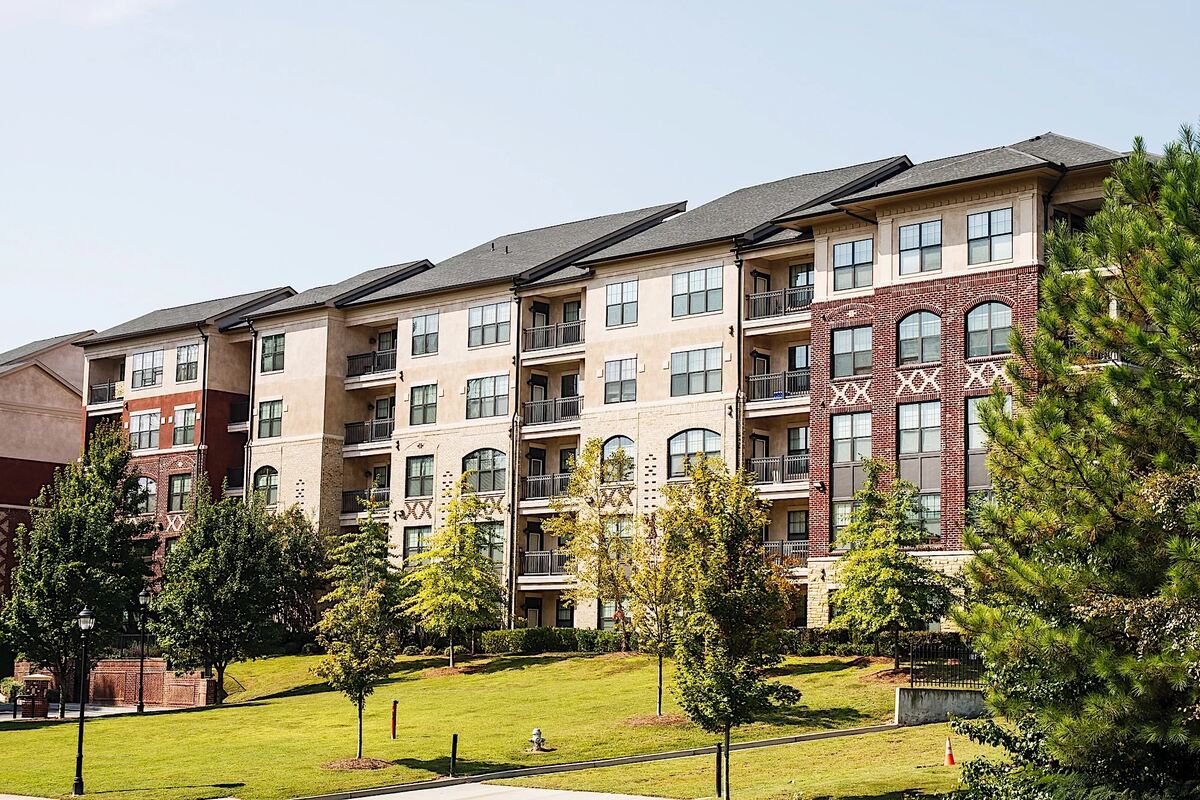
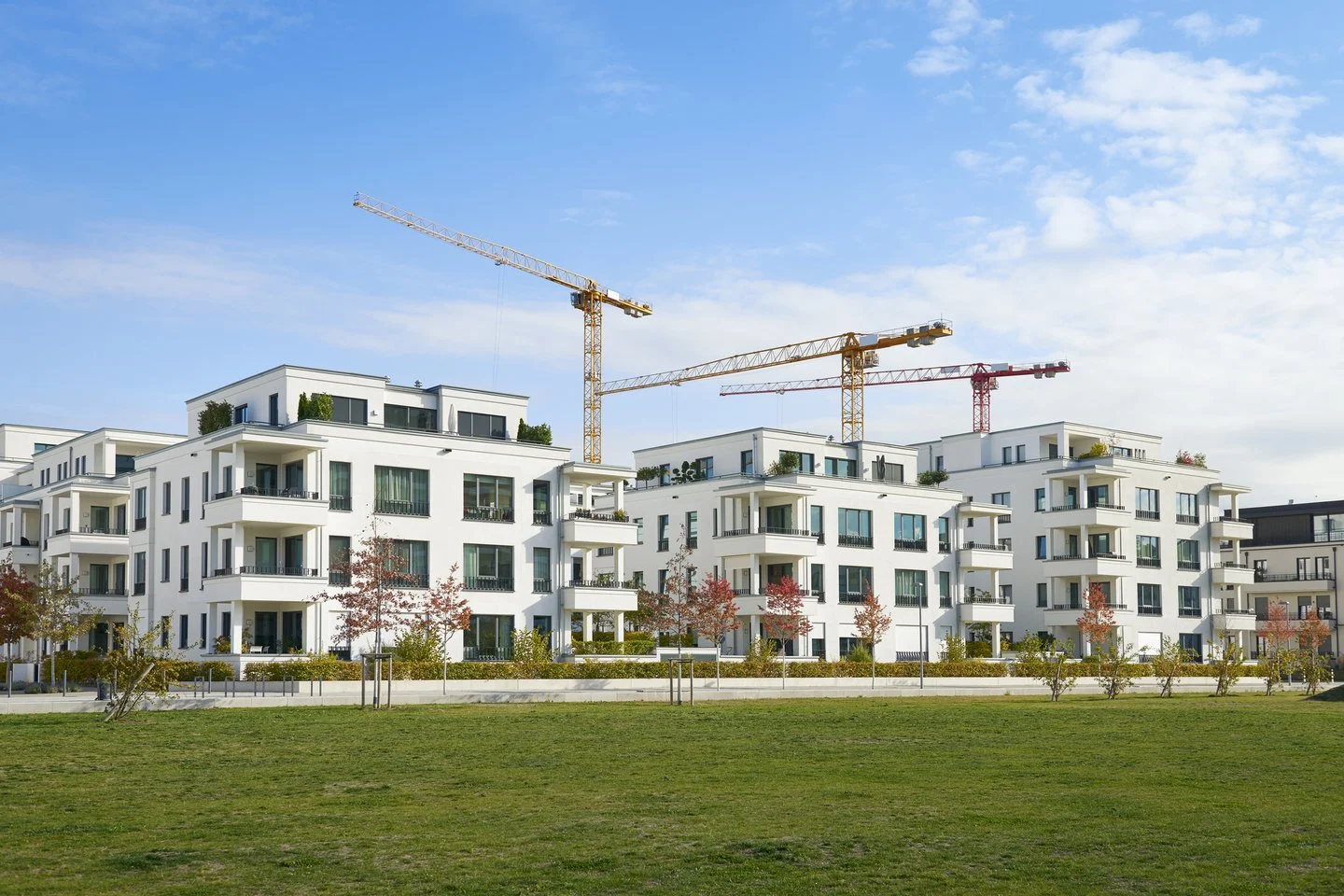

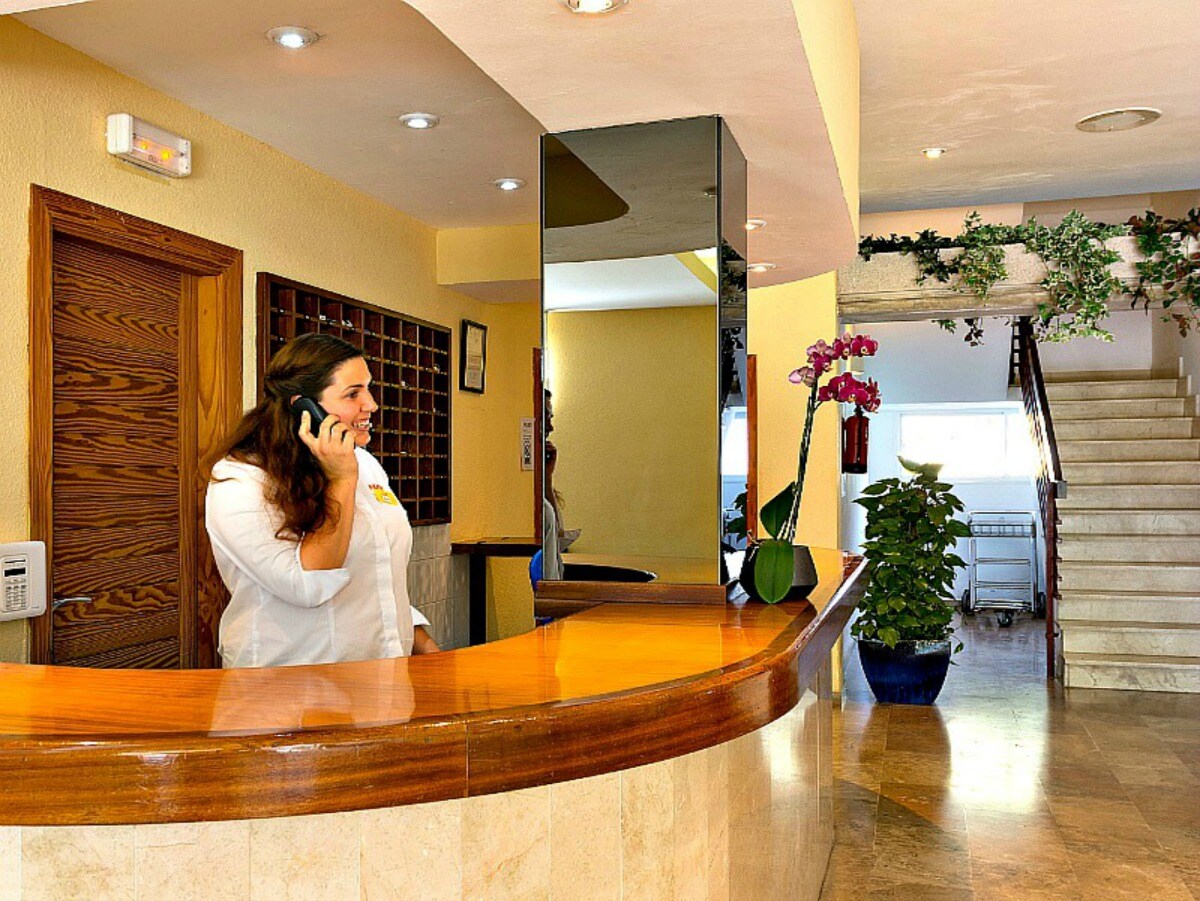
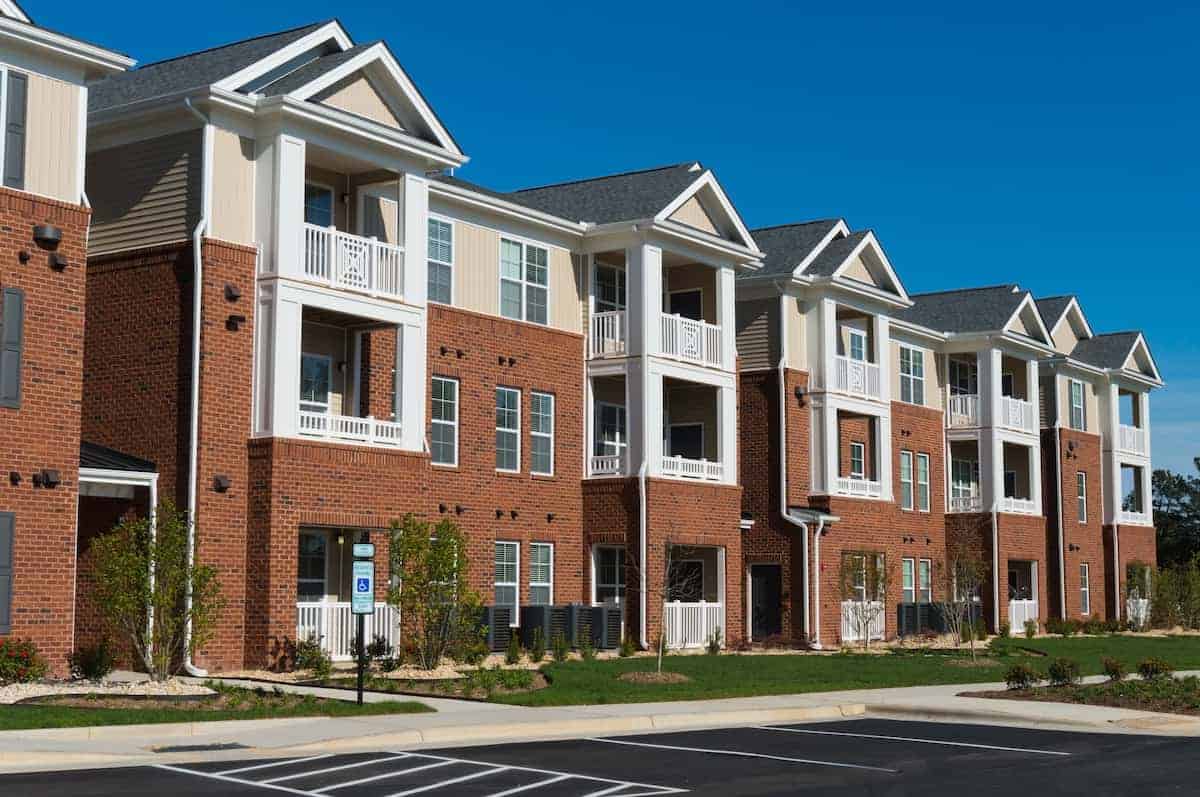
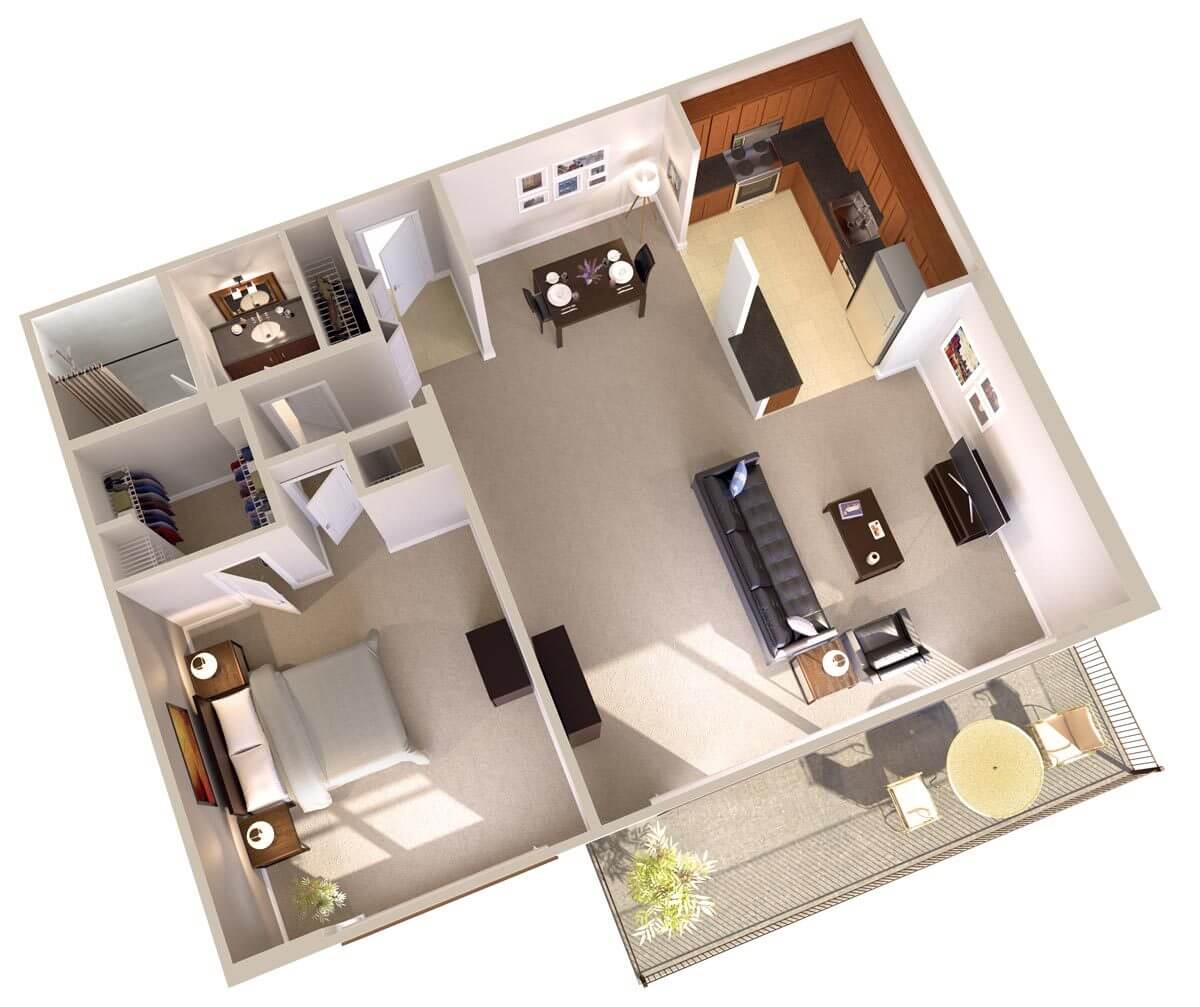
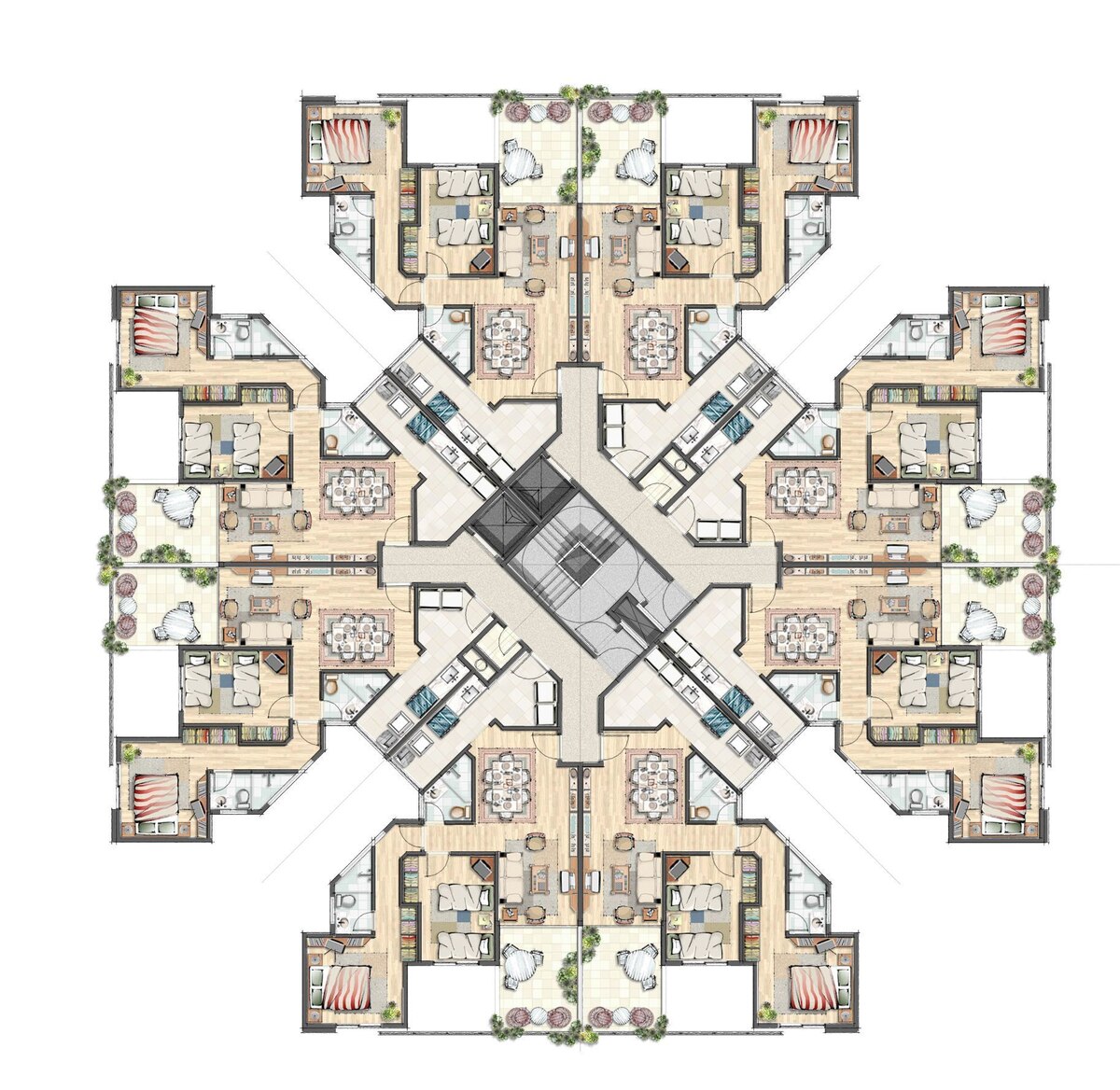
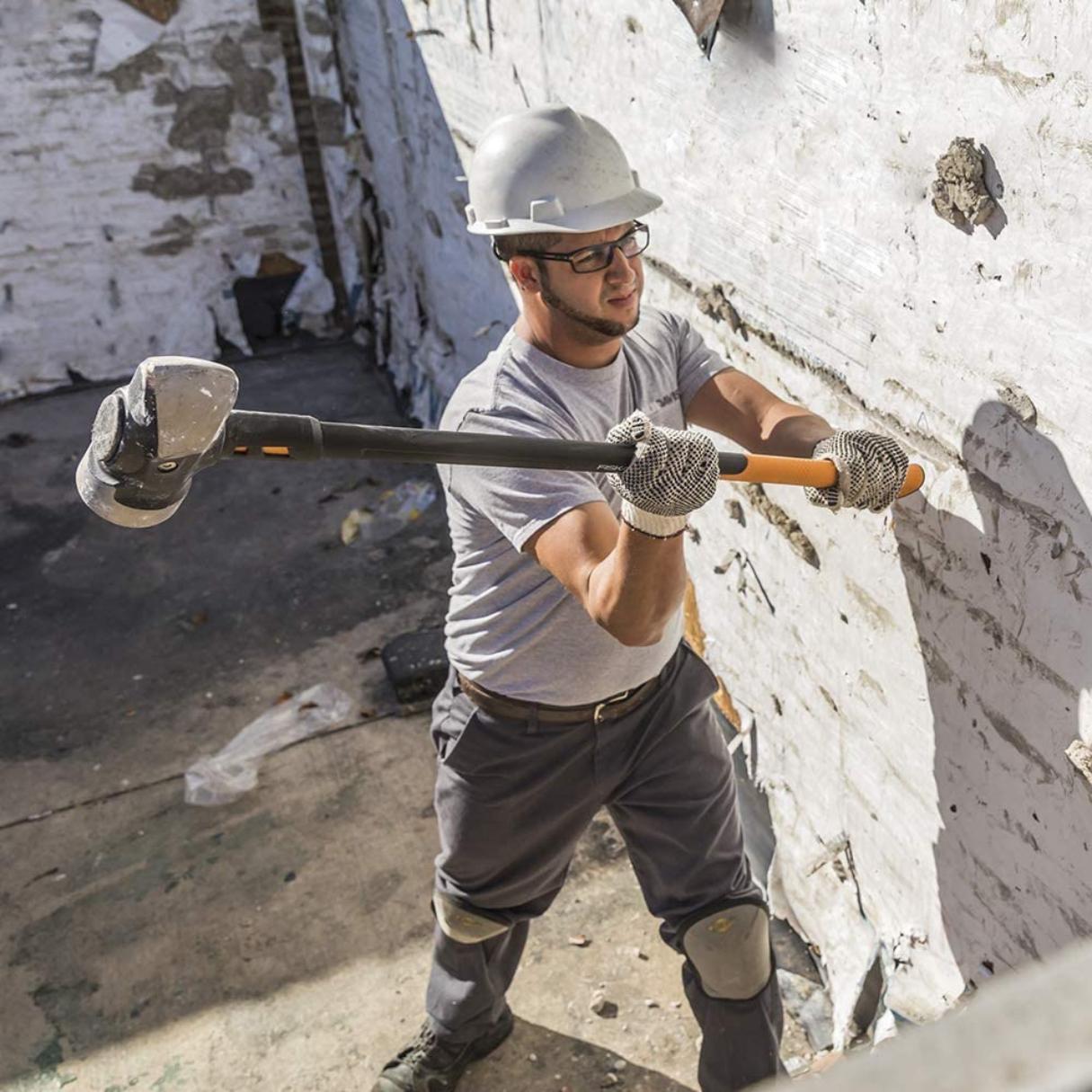
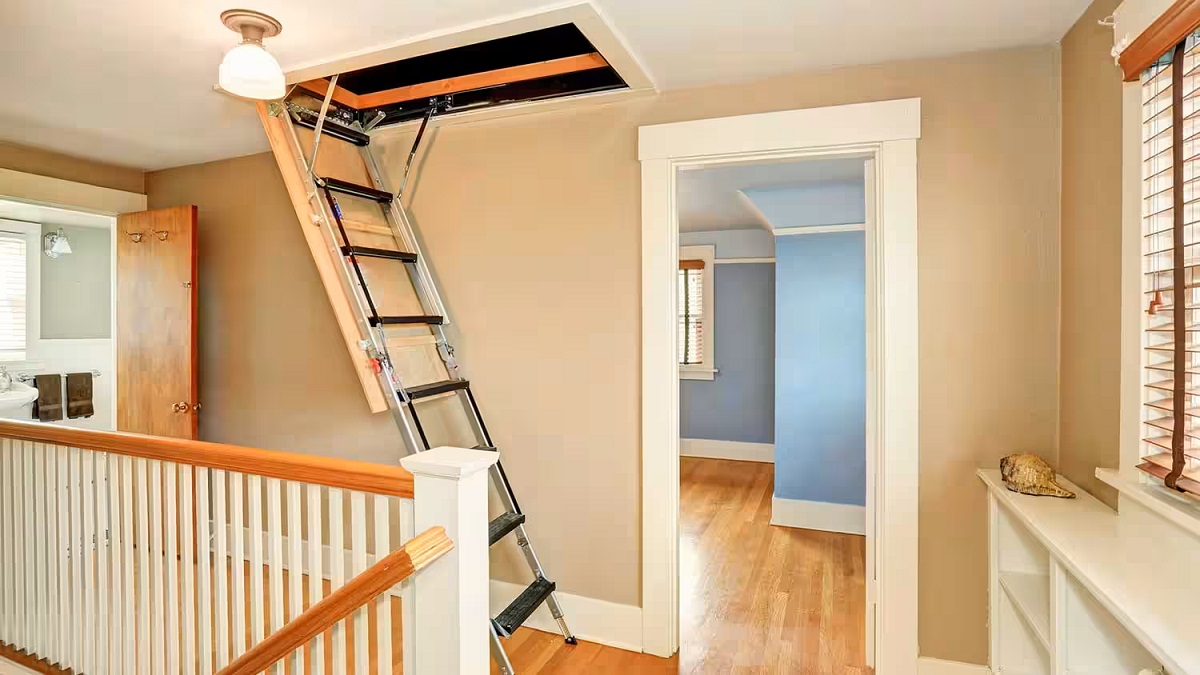
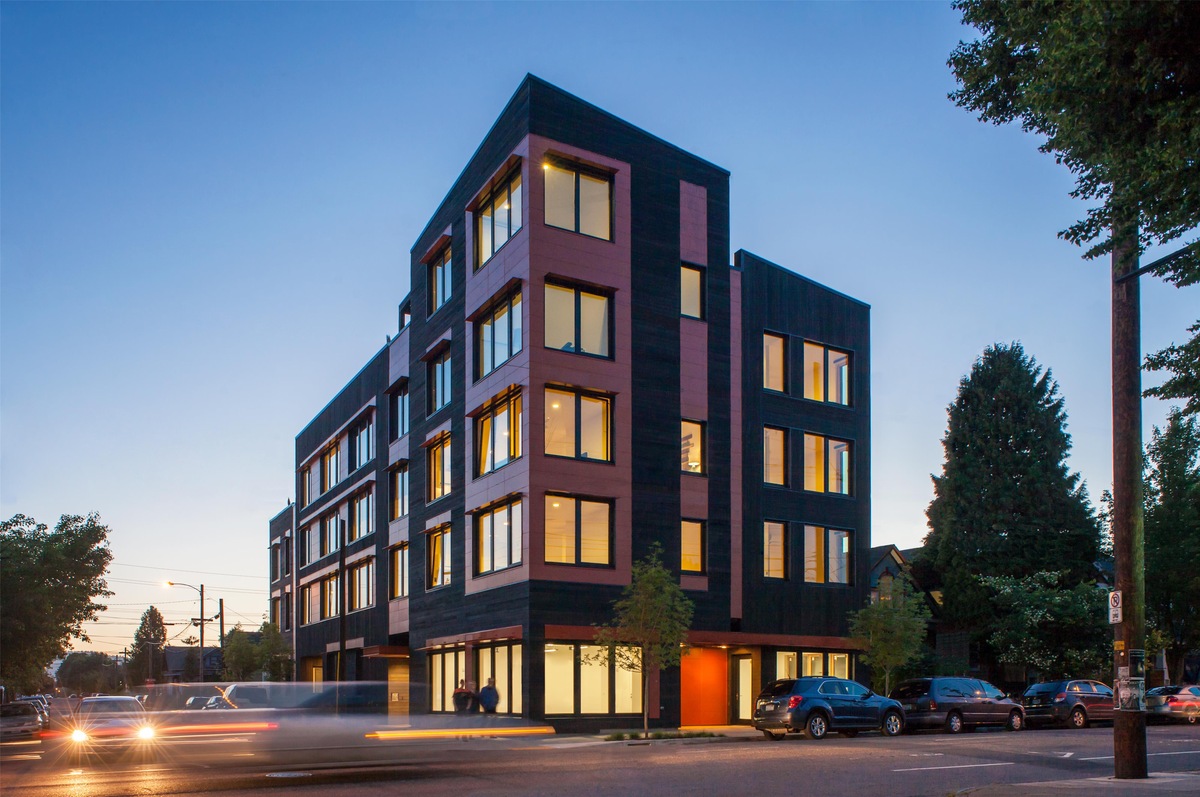
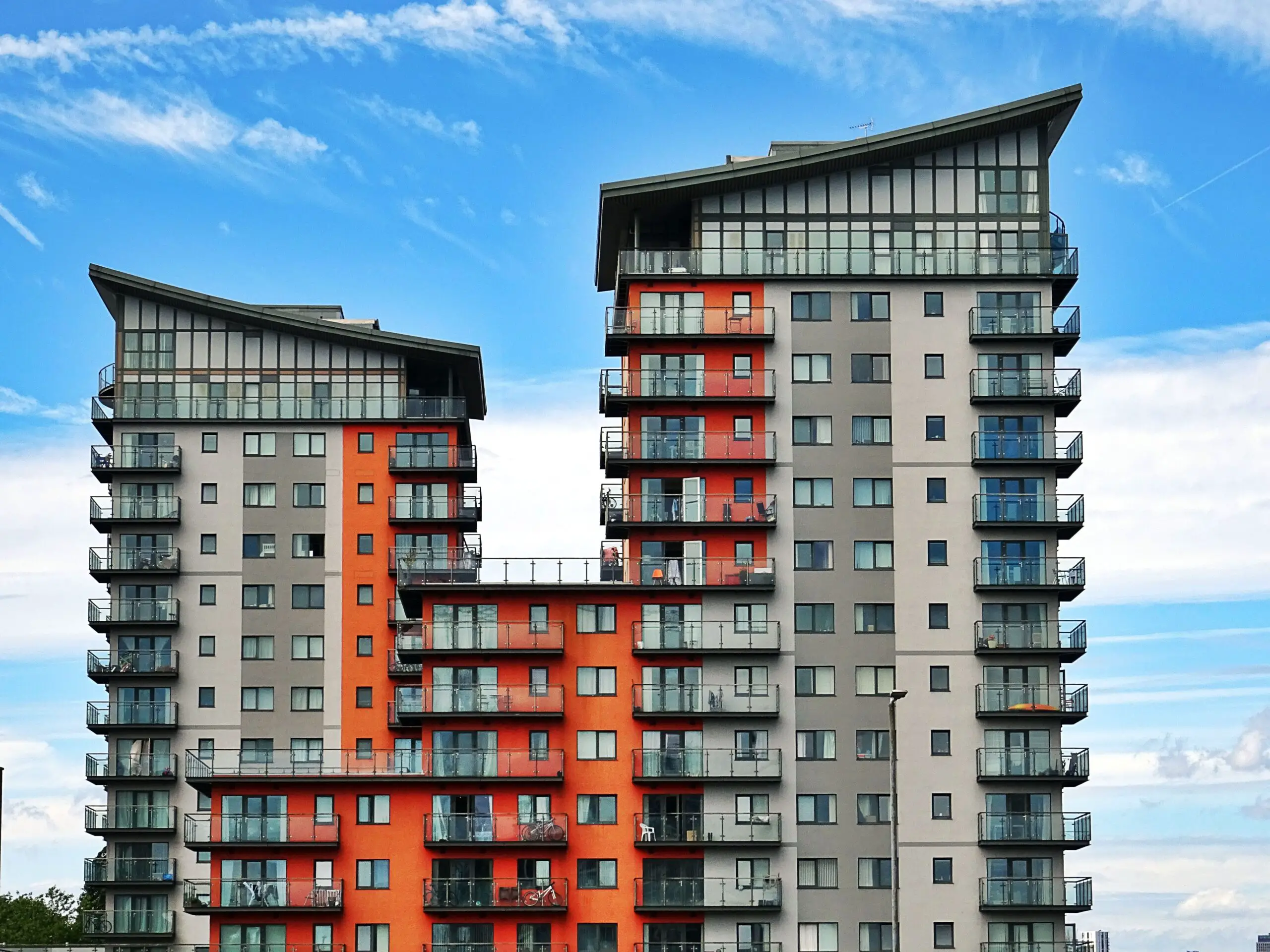

0 thoughts on “How To Buy An Apartment Building With No Money Down”